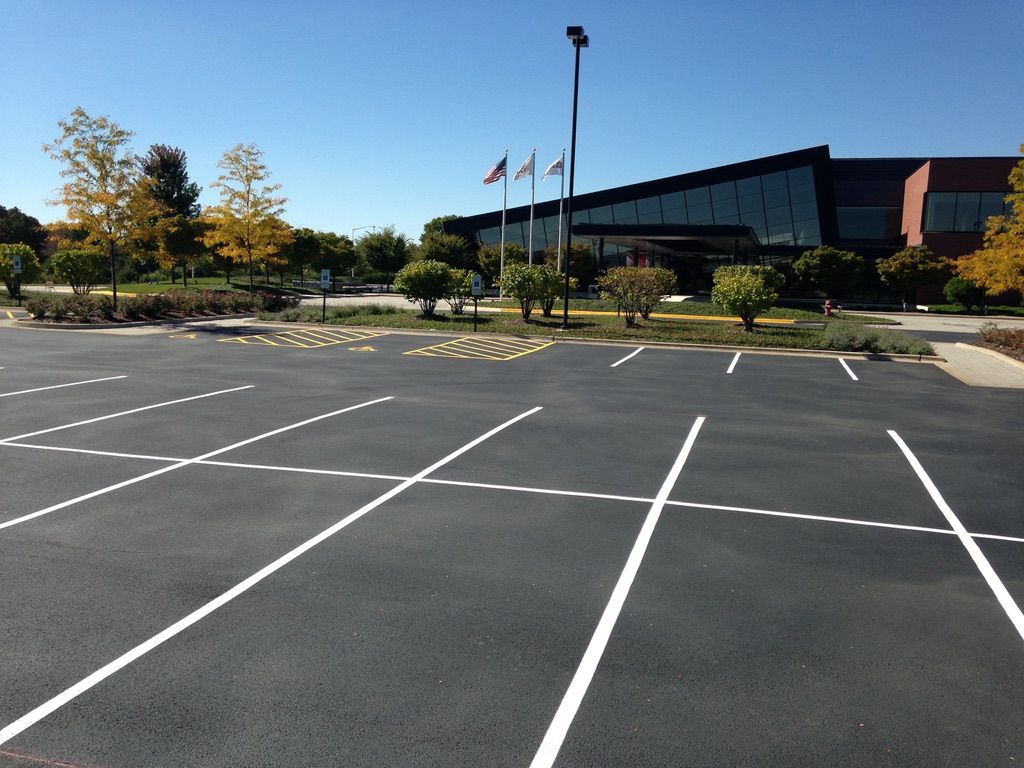If you want your asphalt pavement to have its longest, healthiest life, you should make
sealcoating an essential part of your maintenance program. A sealcoat can help prevent damage from automotive fluids that can soften your pavement, and it is extremely effective at blocking the UV rays that can make asphalt pavements brittle, dry, and faded. Naturally, you want your sealant to last as long as it should, but failures can happen. Common failures include insufficient bonding, cracking, flaking, and peeling, but these failures have many potential causes. Common causes include inadequate pavement preparation, application errors, timing mistakes, and weather issues.
In the Sealcoating Industry, What Does Inadequate Pavement Preparation Mean?
Every pavement needs to be properly prepared to accept the sealant, and any of the common types of failures could be the result of overlooking preparation. Pavement preparation includes all of the items on the list below.
- Whether they are sealcoating parking lots, streets, or walkways, contractors must clean the pavement thoroughly. Any contaminant on the pavement, including tree sap, dirt, and gravel, can interfere with the bond between the sealant and the pavement.
- Asphalt sealcoating contractors often need to prime certain problem areas to ensure proper bonding. Problem areas may include oil stains, areas experiencing aggregate polishing, and patches with extreme oxidation.
- Cracks and other pavement breaks must be repaired prior to sealing. Sealants are not repair products. If there are breaks, the sealant will flow into the void and be wasted.
How Might Application Errors Cause Sealcoating to Crack?
One common mistake that some
asphalt maintenance contractors make is to apply a coat of sealant that is too thick to cure properly. To maximize protection, sealants should be applied as two thin coats, and trying to apply the same amount in one coat is a recipe for failure. Another common application error occurs when asphalt sealcoating contractors prepare the sealant mix incorrectly.
Parking lot maintenance companies receive powdered sealant from the manufacturer, and they must add the correct amount of silica sand and water to create a liquid for application.
When Sealcoating Parking Lots or Other Asphalt Pavements, How Might Timing Issues Lead to Failure?
The first timing issue happens when people sealcoat a new pavement before it has time to lose the excess oil that the asphalt contains. Your
asphalt contractor should tell you how long to wait, and this could range from 90 days to 11 months. The second timing issue is to have a sealant applied too often.
Chicago sealcoating has an average life of approximately two years on most pavements. However, some pavements can go three or four years between sealant applications.


